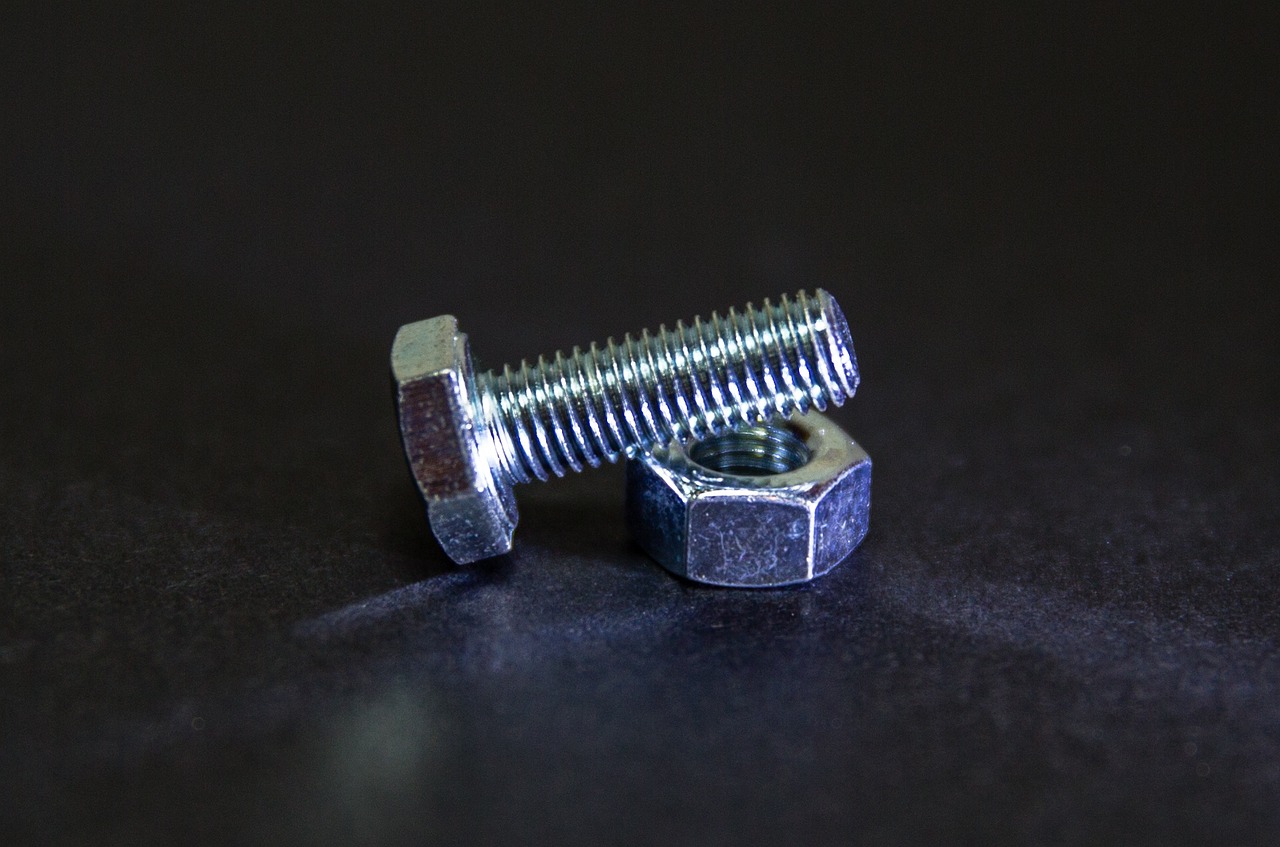
Positive Material Identification
A high-tech enterprise focusing on the development and application of X-ray technology products, committed to becoming a leading supplier of X-ray industrial testing solutions.
How to Budget for a Handheld XRF Analyzer: Tips and Tricks
Investing in a handheld XRF (X-ray fluorescence) analyzer is a strategic move that can greatly enhance your analytical capabilities in various fields, from environmental testing to quality control in manufacturing. However, the cost associated with purchasing and maintaining such sophisticated equipment can be substantial. To help you navigate this process, here’s an expanded guide on how to budget effectively for a handheld XRF analyzer.

Terras EulerX900 Handheld Alloy Analyzer
1. Assess Your Specific Needs
Understanding your specific needs is the first step in budgeting for a handheld XRF analyzer. Consider the following:
Application: What materials will you be analyzing? Different models may be optimized for specific materials like metals, soils, or plastics.
Accuracy Requirements: Higher accuracy and precision models typically come with a higher price tag.
Frequency of Use: If the analyzer will be used frequently, investing in a higher-end model might be more cost-effective in the long run.
2. Compare Models and Prices
There’s a wide range of handheld XRF analyzers available, each with varying features and price points. Here’s how to compare:
Specifications: Look at the analytical range, detection limits, and ease of use. Ensure that the model meets your technical requirements.
Brands and Models: Research reputable brands and their different models. Check user reviews, industry forums, and product specifications.
Supplier Quotes: Obtain quotes from multiple suppliers to ensure you get the best price. Don’t forget to ask about any hidden costs or additional fees.
3. Account for Additional Costs
Beyond the initial purchase price, several additional costs may arise:
Accessories: Items like calibration standards, carrying cases, or spare parts can add to the total cost.
Maintenance and Calibration: Regular maintenance and calibration are essential to keep the analyzer functioning accurately. Factor in these ongoing costs when budgeting.
Training: If the analyzer is complex, consider the cost of training for yourself or your team. Some suppliers offer training packages that can be a valuable investment.
4. Explore Financing Options
If the upfront cost of a handheld XRF analyzer is a concern, financing options can provide relief:
Leasing: Leasing can be a viable option if you prefer to spread out the cost over time. It can also provide flexibility in upgrading to newer models.
Loans: Equipment loans from financial institutions or specialized lenders may offer favorable terms and help manage cash flow.
5. Evaluate Long-Term Value
While initial cost is important, consider the long-term value of the analyzer:
Cost Savings: High-quality analyzers can reduce reliance on external testing services and minimize costly errors.
Durability and Reliability: Investing in a durable and reliable model can save money on repairs and replacements over time.
6. Seek Grants and Funding
Various grants and funding opportunities can assist with the purchase of scientific equipment:
Government Grants: Check for government grants or subsidies aimed at supporting scientific research and technological advancement.
Industry-Specific Funding: Some industries have specific funding programs or incentives for acquiring advanced analytical equipment.
7. Budget for Future Upgrades
Consider the potential need for future upgrades or expansions:
Software Updates: Ensure the analyzer’s software can be updated as needed.
Additional Features: Plan for possible future needs, such as additional sensors or enhanced capabilities.
8. Consult with Experts
Engage with industry experts or consultants who can provide insights into the best models and budget considerations for your specific needs. They can offer valuable advice and help you avoid common pitfalls.
The EulerX 900 series has proved to be an excellent choice for metal analysis in a wide fields, providing fast, accurate results directly to the user. Thanks to its cutting-edge electronics and sophisticated mathematical algorithms, the EulerX 900 series ensures superior measurement quality within seconds. The applications of the EulerX 900 handheld are extensive, covering not only solids but also liquids and powders. The EulerX 900 is algorithm leverages the advanced fundamental parameters method (FP), identifying alloy grades in just 1-2 seconds after activation.

Terras EulerX900 Handheld Alloy Analyzer
Conclusion
Budgeting for a handheld XRF analyzer involves more than just the initial purchase price. By thoroughly assessing your needs, comparing models, accounting for additional costs, exploring financing options, and considering long-term value, you can make a well-informed decision. Don’t forget to seek out grants and funding opportunities to ease the financial burden and consult with experts to ensure you get the best possible value from your investment.
With careful planning and consideration, you can successfully incorporate a handheld XRF analyzer into your operations and leverage its capabilities to enhance your analytical processes.
Join Us
Subscribe to our email list for updates & promotions.



